To create claims that can billed to Insurance Companies, you will first need to enter the charges (Procedures or services performed on patients) in the Transaction Entry screen.
1. To access the Transaction Entry screen, go to ACTIVITIES, then ENTER TRANSACTIONS, or by clicking the left-most icon just under the menu.

2. Starting at the top-left corner of the Transaction Entry window, enter the CHART number and CASE for the patient whom you want to enter or edit transactions for, or use the drop-down arrow, or magnifying glass / lookup icon. You can also use the F6 key on your keyboard for a quick patient search or F8 to enter a new patient.
3. Click the NEW button near the middle-left of the window to start a new transaction line.

4. The current date is automatically entered in the DATE field, but it can be changed.
5. Depending on your Program Options setup, you may be able to use the arrow keys, the enter key, or the tab key, on your keyboard to move from field to field.
6. Continue entering or selecting values for the PROCEDURE, UNITS, AMOUNT, DIAGNOSIS 1-4, PROVIDER, MODIFER 1-4 and any other fields as needed. Be aware that some of the fields could be auto-populated depending on how the Procedure code was setup. For more information on that please refer to the previous manual.
7. If you need to enter additional transaction lines, either press the down arrow key on your keyboard, or click the NEW button again.
8. When finished entering charges, click the SAVE TRANSACTIONS button, in the bottom right-hand corner of the window. Note, if you click that button again without having made any changes you will get a message stating no transactions were saved, its ok.
9. Be aware the fields shown in the grid can be modified. For example, you may need more than just the 1st Modifier field which is the only one shown by default; you can add a 2nd, 3rd, or 4th modifier field (see next section).
10. Now that the charges are saved you could print a claim by clicking the PRINT CLAIM button near the bottom of the window. Most times though you’ll want to continue on entering other charges, and print the claims in batch (multiple claims) later. This will be shown in a later section of this manual.
11. As mentioned (in step #9) above the Transaction Entry Grid areas can be modified. To do so a patient CHART and CASE must be selected.
12. Click the black-circle at the intersection of the rows and columns as seen below.

13. The following window will appear:

14. To remove a field highlight it under the CAPTION or WIDTH column, then click REMOVE FIELD.
15. To add a field, click the ADD FIELDS button, the following window will appear:

16. Select the field to add, then click OK.
17. New fields added will appear at the bottom of the list seen in step 3.
18. To change the position of a field highlight it, then click either the up or down arrow buttons to the right of the REMOVE FIELD button. Moving a field high up in the list moves it to the left in Transaction Entry. Moving a field down lower in the list moves it further to the left in Transaction Entry.
19. Click OK to save.
20. In the top left corner, near the patient Chart and Case fields, you will find information about the patient’s last payment date & amount, last visit date, the visit number out of the total number of visits, and global coverage unit information.

21. In the top middle of the window, you will find tabs corresponding to the patients insurance(s), and the patient. The tabs show the balance due for each responsible party, and what aging bucket each balance falls into. Just below those tabs you will find information on the patient’s copay amount, annual deductible amount, other arrangements, and the year-to-date amount (of deductible paid).
22. In the top right corner of the window, you will find account information; charges, adjustments, payments, and balance.
23. The MULTILINK button allows users to enter a group of transaction codes with a single entry. To make use of this feature, a MultiLink code must first be setup. This can be done from the LISTS menu, then MULTILINK CODES. Up to 8 procedure codes can be linked to a Multilink Code.
24. The NOTE button allows a text entry to be attached to a transaction line. These notes may be for internal use only, or may be sent on claims (depending on your electronic claims solution, not all will utilize this).
25. The EDI NOTES button allows certain additional pieces of information to be attached to a transaction line and sent on a claim (depending on your electronic claims solution, not all will utilize this).
26. The DETAILS button allows certain NDC and prescription information to be attached to a transaction line and sent on a claim (depending on your electronic claims solution, not all will utilize this).
27. The TAX button allows users to enter a tax entry. To make use of this button a transaction code must be set as TAXABLE, a code must be entered in Program Options, and a TAX RATE must be entered on the TAX transaction code.


2 thoughts on “How to create transactions in Medisoft”
where can i watch a video on how to add 20% to 30% on the charge master or from the payers fee.
There is no function in Medisoft for automatically increasing charge amounts by a certain amount or percentage. Each Transaction Code needs to be edited. When editing a Transaction Code… the charge amount can be changed on the ‘Amounts’ tab, and allowed amount can be changed on the ‘Allowed Amounts’ tab.